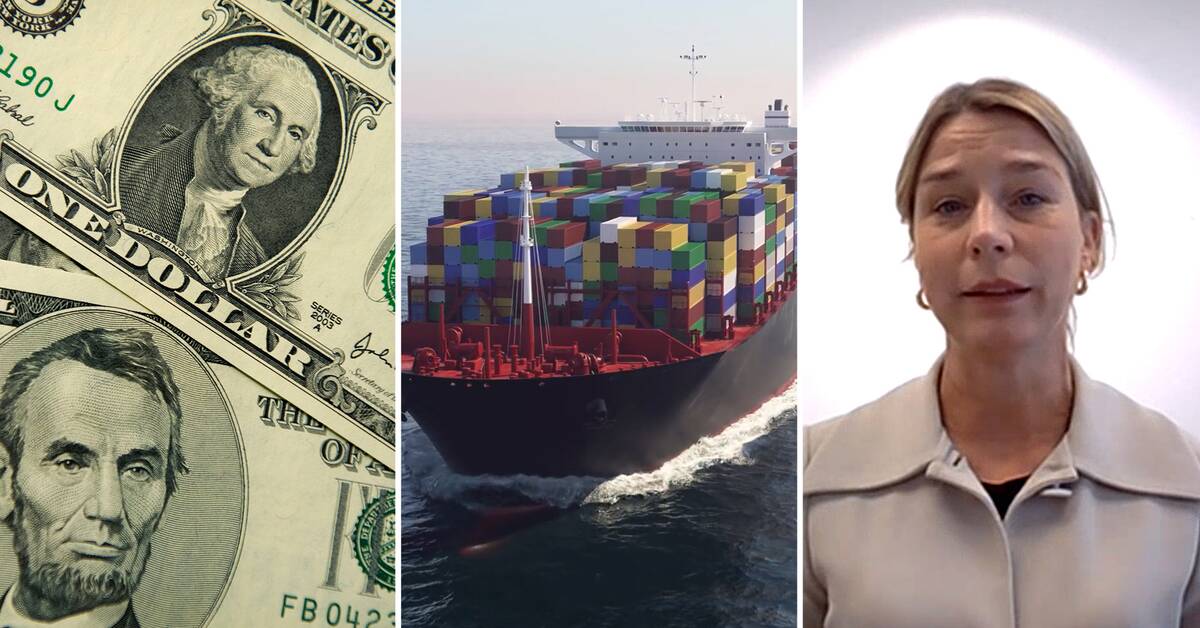After the US central bank's interest rate hike on Wednesday, the Swedish krona reached a new historic low against the dollar.
At most, the dollar was traded for 11.14 kroner, which can be compared with the previous record low in 2001 when the dollar could be bought for 11.04.
For Swedish households, the reduced purchasing power does not only mean more expensive autumn and Christmas trips.
Commodity prices in Sweden are also expected to rise further.
- A weak krona, and a strong dollar in this case, means that we import inflation.
It will be more expensive to import from abroad.
It will be a challenge, not least for the central bank when everything is done to try to fight inflation, says Lena Sellgren, chief economist at Business Sweden.
"Positive effect"
At the same time, Swedish exports are expected to move forward when Swedish goods become cheaper on the world market.
- If you are a pure exporter within the basic industry to a greater extent, and who have no or rather small imports, it has a positive effect at least in the short term.
It will simply be cheaper to buy from Sweden, says Lena Sellgren.
However, prices are expected to increase for the import industry, which today accounts for around 40 percent of trade in Sweden.
- If you are an importer who buys from abroad, it will be more expensive.
And then you can see it as a negative effect.
So importers are losers in that respect, says Lena Sellgren.
"Swedish companies are competitive"
Despite Sweden going straight into a recession, Swedish exports and trade during the first half of the year have been positive, with strong demand for Swedish goods and services from both North America and Europe, according to Sellgren.
- Swedish companies are competitive on the international market.
We have quite a lot of the climate-smart sustainable solutions that the world so badly needs.
We see a demand, but it will gradually slow down significantly, she says.
In the near future, the world's central banks will have to balance how aggressive interest rate increases are to be implemented in order to avoid continued inflation and, in the worst case, stagflation.
- Otherwise, the risk is that we get what is called a price-wage spiral, where prices and wages increase at a rapid rate while we have weak economic growth and increased unemployment.
We really don't want to end up there, then there is very little the central banks can do, says Lena Sellgren.

